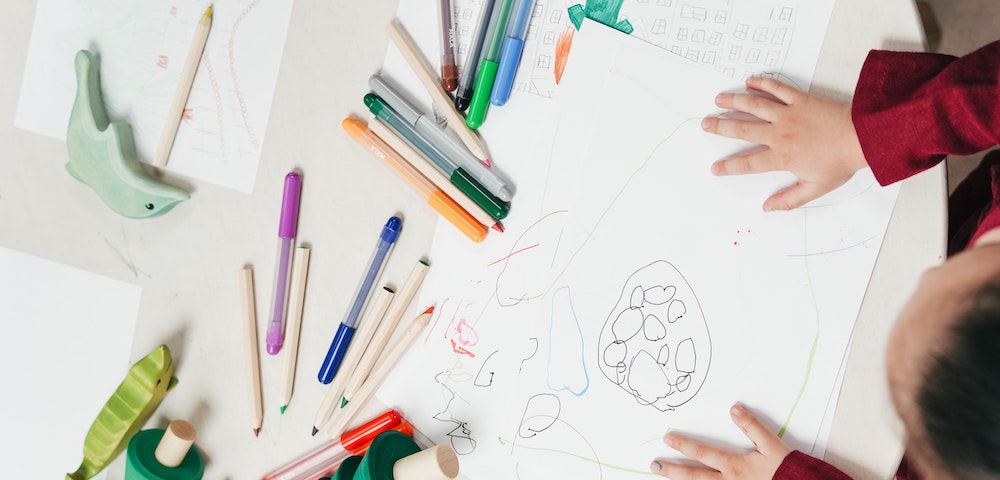
Assessments may contain graphic organizers, scaffolds, or models for similar science constructs but employ different strategies to solve, such as populating an organizer with observations and data points, as well as a drag-and-drop item placing organisms in a food web. Clustered, related items can build in complexity and lead to culminating items, such as drawing a conclusion about materials that conserve heat after completing an organizer with temperature data.
Items are primarily assessed with one item type at the highest level of complexity for a skill or construct.
Consider how students with visual impairments or communication support needs can interact with a graphic organizer onscreen. Graphic organizers or other data organizers (e.g., table, chart) should reflect only the most pertinent information so students can access the organizer via alternate text.


